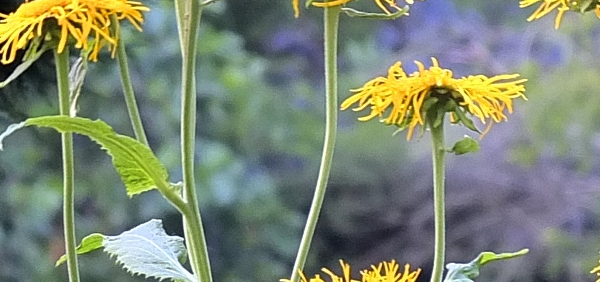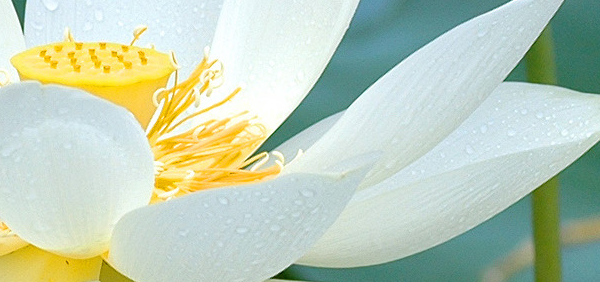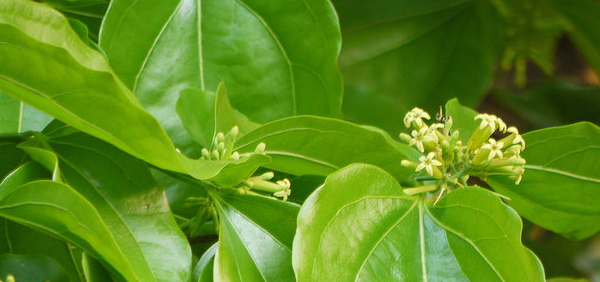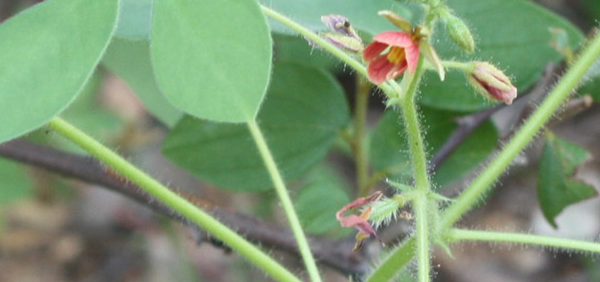yashtimadhu :
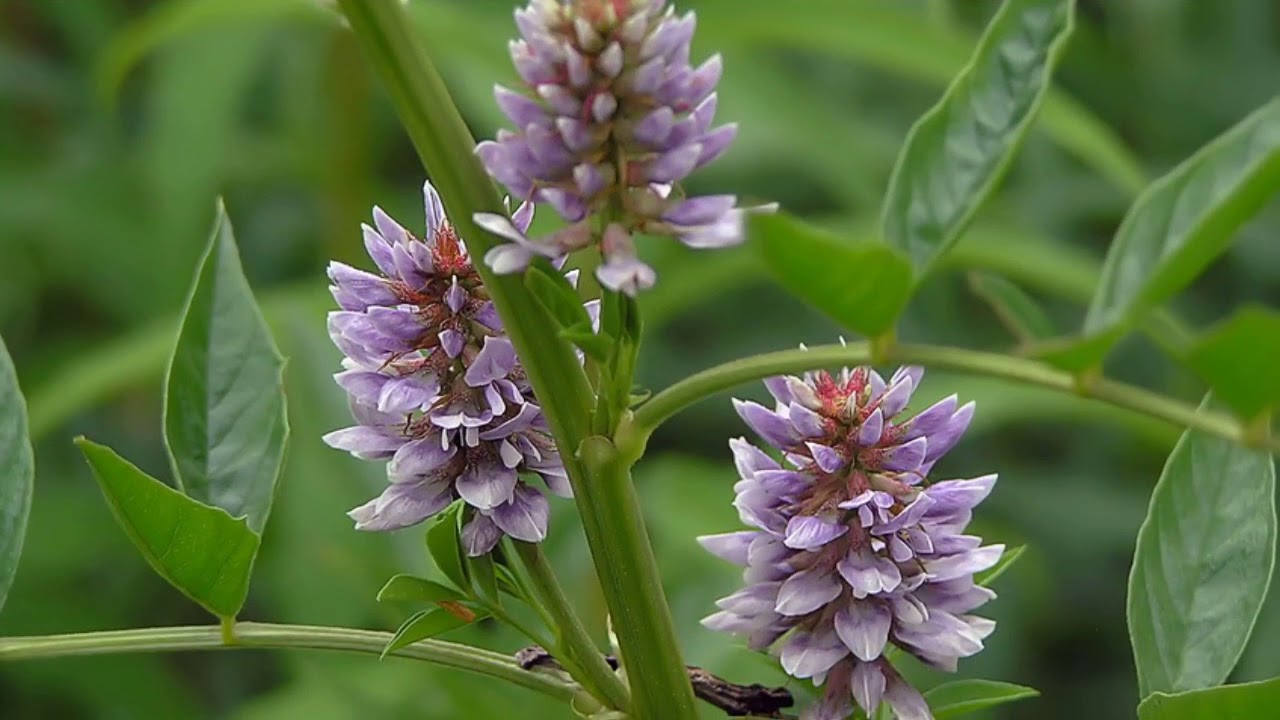
Substitute:
gunja rootAdultrants:
The common adulterant is wild licorice also called Indian licorice, derived from the root of Abrus precatorius (Leguminosae). The root is very toxic due to an alkaloid abrine and therefore should not be used in place of licorice.
The root possesses a peculiar disagreeable Odour and bitter acrid flavour leaving faintly sweet after taste. Microscopically the adulterants are characterized by stone cells.
Controversy:
De-glycyrrhinized licorice has been investigated for its clinical use and saftey. Its use has been controversial.There is 2-9% glycyrrhizin in licorice root.
The de-glycyrrhinized root extract has a maximum of 3% glycyrrhizin in it.
Commercial value:
Consumption of licorice root is expected to rise in the coming years in the pharmaceutical industry owing to its inherent herbal properties- » Classification and names of yashtimadhu
- » Synonyms and definitions of yashtimadhu
- » Drug Properties of yashtimadhu
- » Chemical Constituents of yashtimadhu
- » Standardization of yashtimadhu
- » Parts used and Dosage of yashtimadhu
- » Morphology and Histology of yashtimadhu
- » Distribution and Conservation of yashtimadhu
- » Cultivation of yashtimadhu
- » yashtimadhu in the market
- » Medicinal Uses of yashtimadhu
- » Researches and clinical trails of yashtimadhu
- » yashtimadhu in other sytems of medicine
- » Ayurvedic formulations with yashtimadhu
- » Images of yashtimadhu







